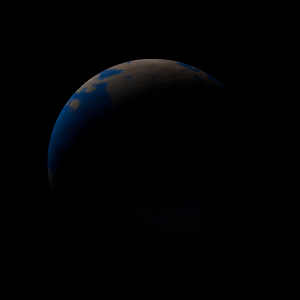|
|
Space Astro
|
Info for exoplanet "Heresho Jonu"
| Scientific (actual) data |
|---|
| Name | Kepler-354 c |
| Planet status | Confirmed |
| Radius | 0.117 |
| Orbital period | 16.9344 |
| Semi major axis | 0.115 |
| Discovered | 2014 |
| Updated | 2021-02-05 |
| Tconj | 2454970 |
| Impact parameter | 0.63 |
| Publication | Announced on a website |
| Detection type | Primary Transit |
| Alternate names | 2MASS J19030034+4120083 c, K02045.03, KIC 6026438 c, KOI-2045 c, KOI-2045.03, WISE J190300.36+412008.3 c |
| Star name | Kepler-354 |
| Right ascension | 285.75° |
| Declination | 41.34° |
| Mag j | 13.875 |
| Mag h | 13.255 |
| Mag k | 13.16 |
| Star distance | 562.96 |
| Star metallicity | -0.036 |
| Star mass | 0.65 |
| Star radius | 0.67 |
| Star temperature | 4648 |
| Star alternate names | 2MASS J19030034+4120083, KIC 6026438, KOI-2045, WISE J190300.36+412008.3 |
| Wikipedia article | Kepler-354 c |
Back
| |
| Fictional info (?) |
|---|
| Suggested name | Heresho Jonu |
| Planet type | Terrestrial |
| As seen from Kepler-354, in a frame of reference that rotates with the orbital motion, it appears to rotate only once every two years. |
| Estimated population | 8000000000 |
| Atmosphere | Methane | 93% |
| Oxygen | 4.9% |
| Water | 1.6% |
| Carbon dioxide | 0.19% |
| Atmospheric pressure | 0.9 bar |
 |
| No known satellites |
| Google search for Heresho jonu |
|
Website by Joachim Michaelis
|
|
|
|